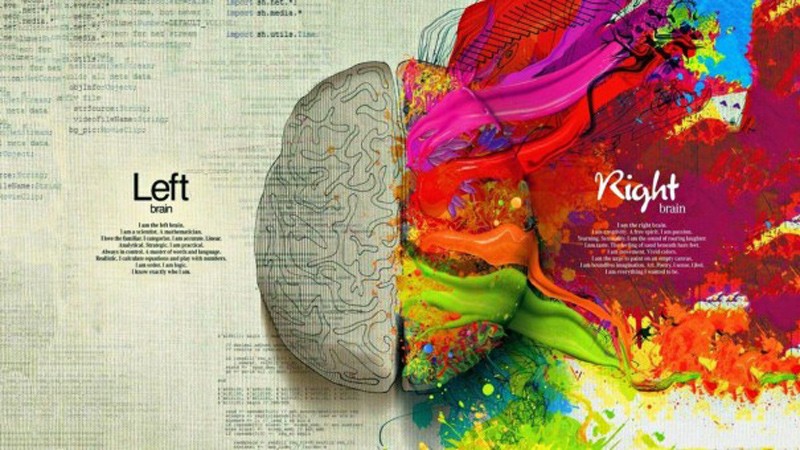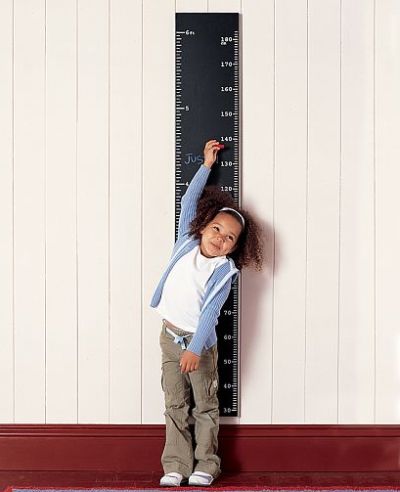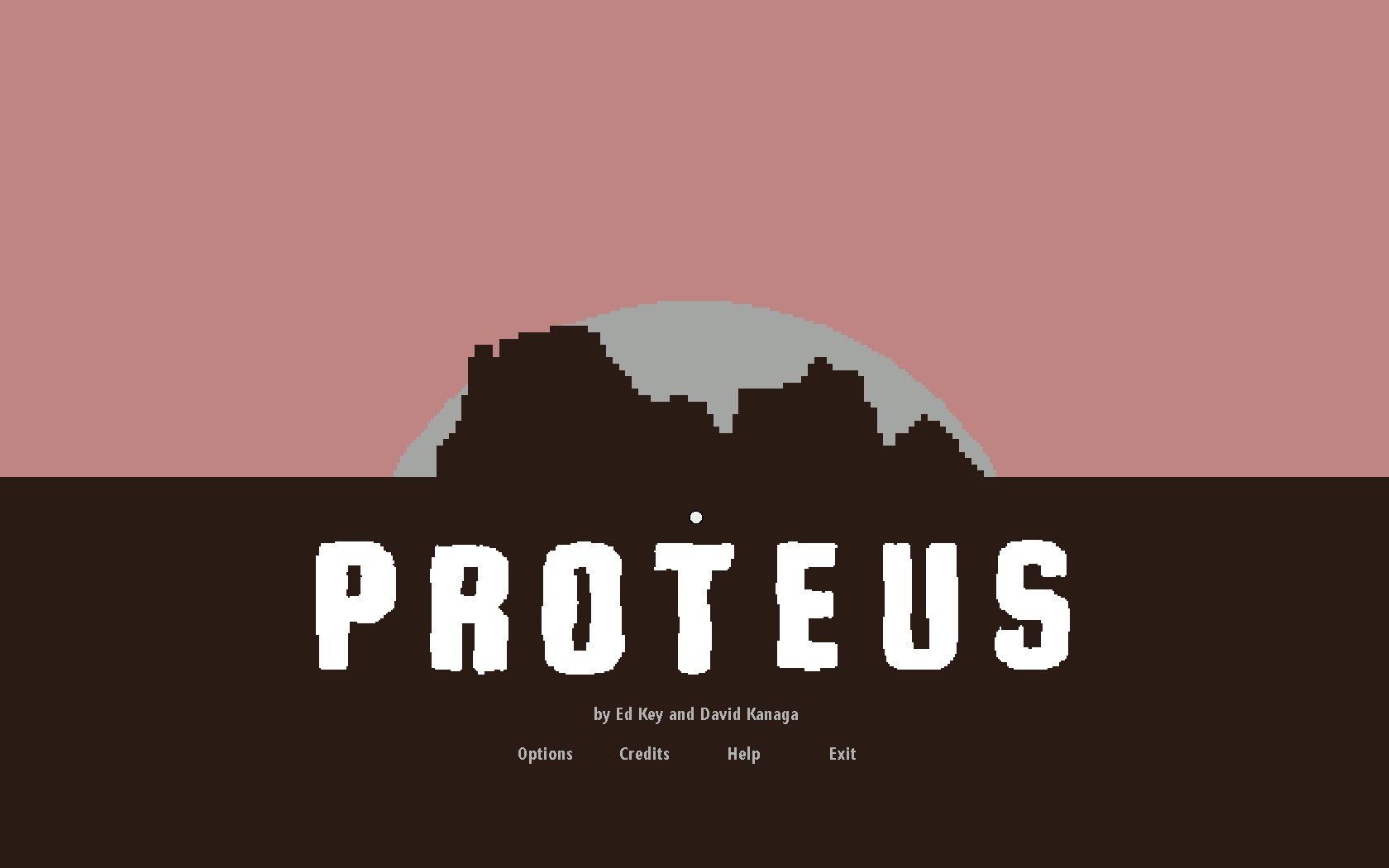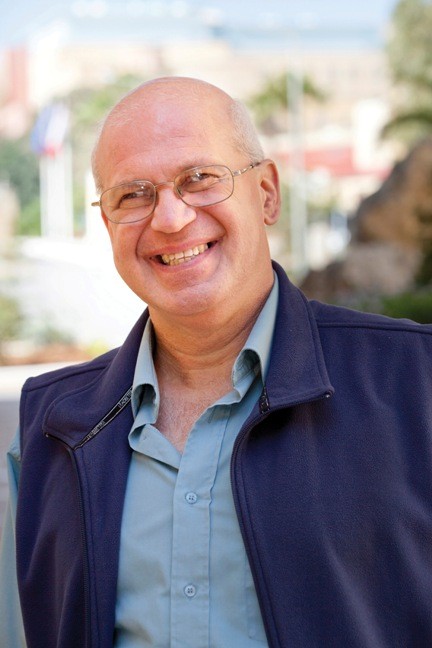Carnival revellers (male and female) recently plastered their faces with lipstick, mascara, facepaint, nail polish, and dozens of other cosmetic products. Few of these wondered about the extensive research needed to overcome the packaging challenges behind these beauty-enhancing devices.
Challenges are numerous and diverse: how can a make-up cosmetic case minimize the chances of the customer opening a dry and flaked product? How can a lipstick container be designed in an elegant and smooth way that opens silently? What functions can make a cosmetic case more useful, secure, and light in a handbag? How can a cosmetic case’s button be improved to prevent broken nails?
A company like Toly Ltd (based in Malta) needs these questions answered to provide a world-class product. To remain competitive and innovative, research and development need support. Chairman and CEO, Andy Gatesy strove to meet these challenges head on by working with the University of Malta (UoM). Toly has forged a long-term joint research collaboration with UoM, in particular the Department of Industrial & Manufacturing Engineering (DIME). Through this collaboration, many undergraduate students had the possibility of applying their theoretical background to real world problems, which results in win-win-win scenarios, for Toly, the student, and DIME. 
Toly also partnered with DIME and other University Departments in nationally funded research initiatives such as the MCST R&I Automate project. This concerned industrial automation and two ERDF projects — one of them intended to amplify innovation in the manufacturing industry and another one on improving energy efficiency in manufacturing.
Toly’s belief in the research potential of the UoM is reflected in regularly sponsored projects. It recruits UoM graduates to help it remain innovative and competitive. It also allows an Associate Professor to spend time from his sabbatical period to follow product development. “We cannot predict the future but we can create it”, said Mr Gatesy. Experience has shown that joint research with UoM is essential for Toly to develop its future growth towards a global market.
How to become a cosmetic engineer?













